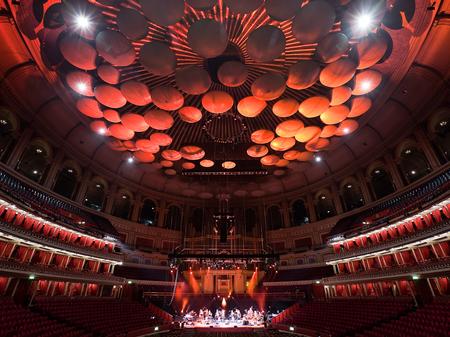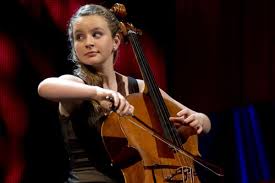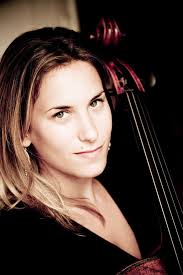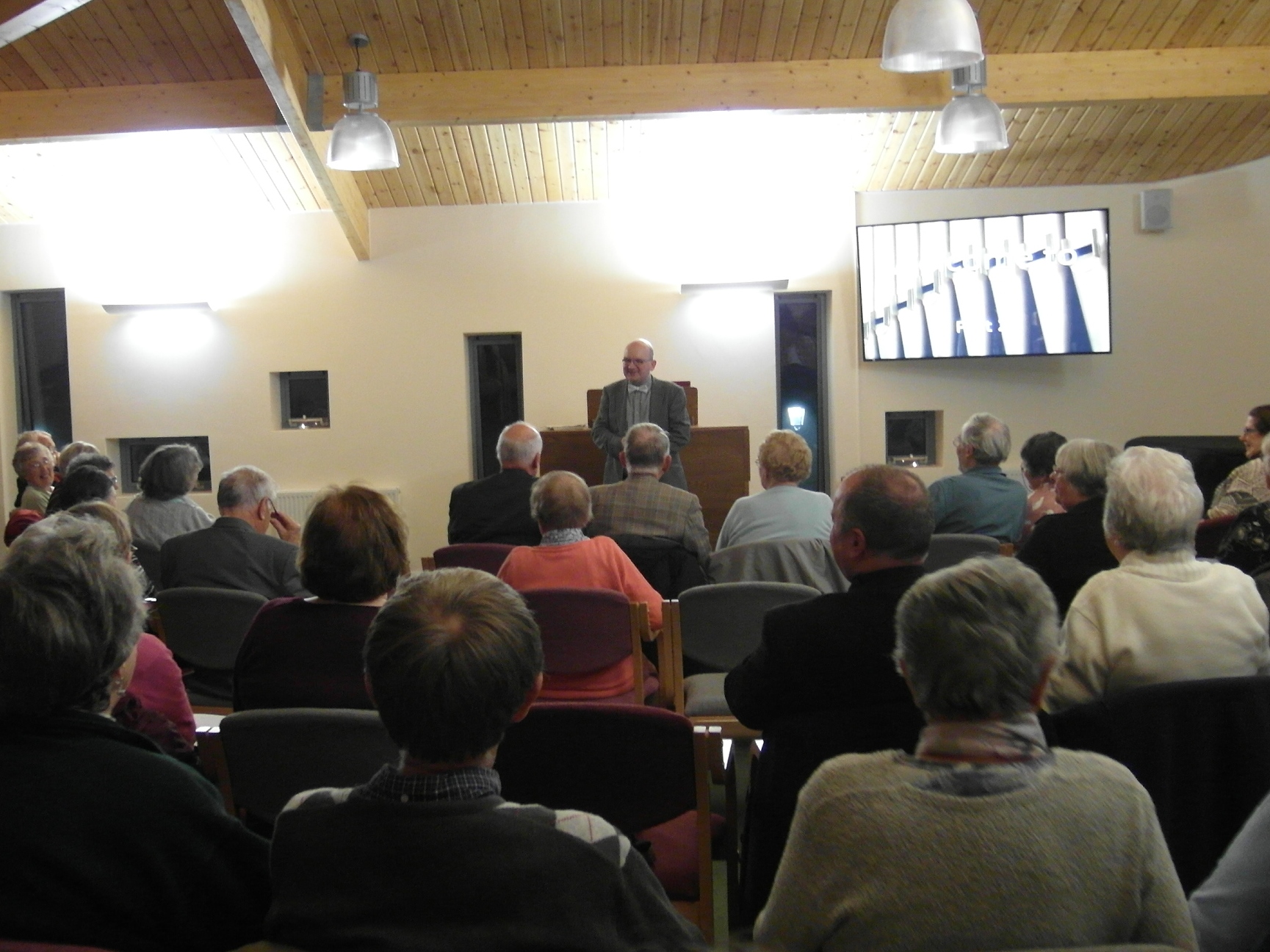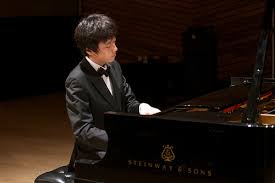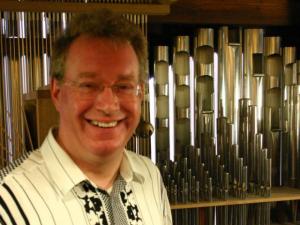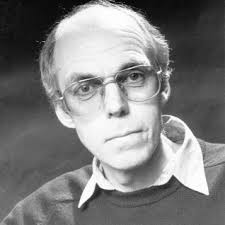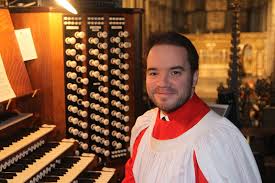Royal Albert Hall, 30 November 2015
There are some works that simply have to be heard live. No amount of score reading or listening to CDs can prepare you for your first exposure to Berlioz’ monumental work, and where better to hear it than in the Royal Albert Hall. Over the years I have heard the piece in a number of different venues but there is something about the Royal Albert Hall, with its Victorian extravagance, which suits it both visually and aurally. Since the baffles were first put in the acoustic has sharpened but still allows the sound to blossom and fill in a way which, when all the brass bands are in full flow, cannot fail to thrill.
Brian Wright had gathered together the Goldsmiths Choral Union and the Brighton Festival Chorus with an augmented Royal Philharmonic Orchestra. This may not have been quite as large as Berlioz envisaged (there were only six timpanists not ten!) but it was more than adequate to lead us through the massive dynamic changes the composer requires. It was a pity therefore that the event had had an interval imposed upon it as we missed the dramatic contrast which Berlioz brings from the climactic ending of the Lacrimosa and the hushed opening of the Offertoire.
Brian Wright seemed to have little difficulty managing the vast choral forces who brought accuracy and brightness of tone throughout. If the tenors seemed somewhat hesitant at the start of the Lacrimosa they soon recovered their nerve and returned to the passion they had given to the Rex tremendae.
Berlioz requires only one soloist but the tenor part lies very high and exposed. When one has the equally difficult task of filling the Royal Albert Hall it was a pleasure to find that James Edwards was equal to both. His heroic quality made the Sanctus assertive rather than ethereal, bringing a warmth to the final sections which can in other hands seem somewhat bleak.
The augmented orchestra seemed to be enjoying themselves and responded with great sensitivity, particularly the solo wind who can easily be lost within the weight of brass around them.
A great evening, then, and a comfortably full hall. Just one real gripe – apart from paying £4 for a packet of peanuts; the programmes had the full text and translation but as the performance started all the lights went out and we were left so dark it was impossible to read the text. Either keep the lights on or provide super-titles!

